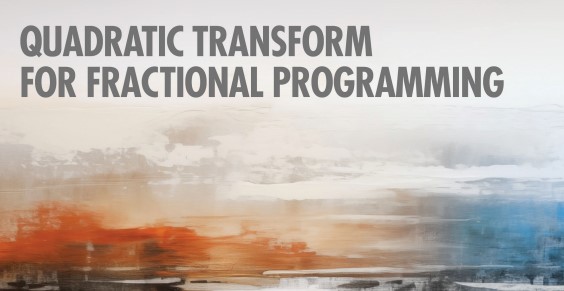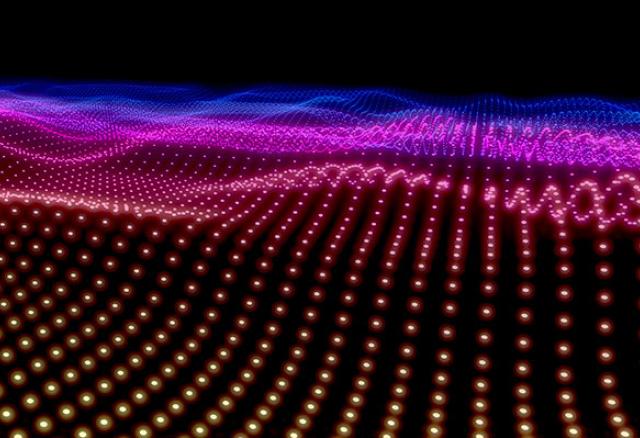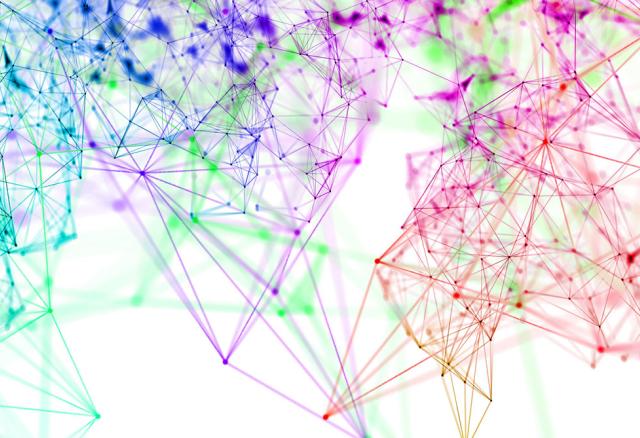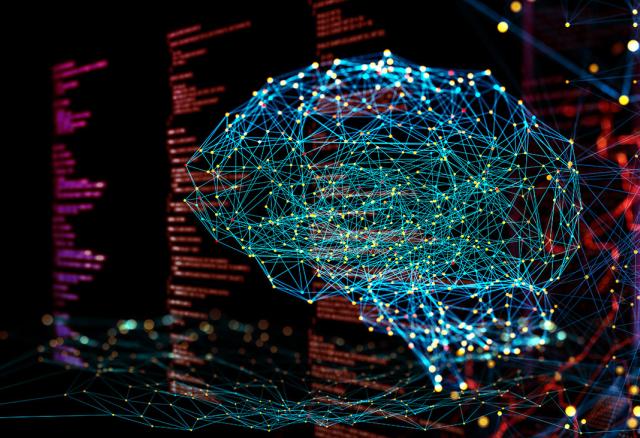
- Home
- Publications & Resources
- IEEE Signal Processing Magazine


CURRENT ISSUE

CURRENT ISSUE
May 2023
Analysis of the Minimum-Norm Least-Squares Estimator and Its Double-Descent Behavior
Linear regression models have a wide range of applications in statistics, signal processing, and machine learning. In this Lecture Notes column we will examine the performance of the least-squares (LS) estimator with a focus on the case when there are more parameters than training samples, which is often overlooked in textbooks on estimation.
Promoting Integrity and Knowledge for the Well-Being of Humanity and Peace
One year ago, I was writing the IEEE Signal Processing Magazine 2022 May editorial when the Russian army brutally attacked Ukraine. One year after, war is always present… I can’t understand how a single man and his entourage can unleash such a killing spree and be responsible for so many deaths, especially innocent victims like children.
March 2023
Reaching Out to Members in the Middle East and India
As I am writing this article, I am wrapping up a trip as IEEE Signal Processing Society (SPS) president to Doha, Qatar (9–11 January), to speak at the 2022 IEEE Spoken Language Technology (SLT) Workshop, and India (12–16 January), for technical talks and meetings with local signal processing researchers and SPS local Chapter chairs.
Physics-Guided Terahertz Computational Imaging: A tutorial on state-of-the-art techniques
Visualizing information inside objects is an everlasting need to bridge the world from physics, chemistry, and biology to computation. Among all tomographic techniques, terahertz (THz) computational imaging has demonstrated its unique sensing features to digitalize multidimensional object information in a nondestructive, nonionizing, and noninvasive way.
Physics-Driven Machine Learning for Computational Imaging: Part 2
Thanks to the tremendous interest from the research community, the focus of the March issue of the IEEE Signal Processing Magazine is on the second volume of the special issue on physics-driven machine learning for computational imaging, which brings together nine articles of the 19 accepted papers from the original 47 submissions.





